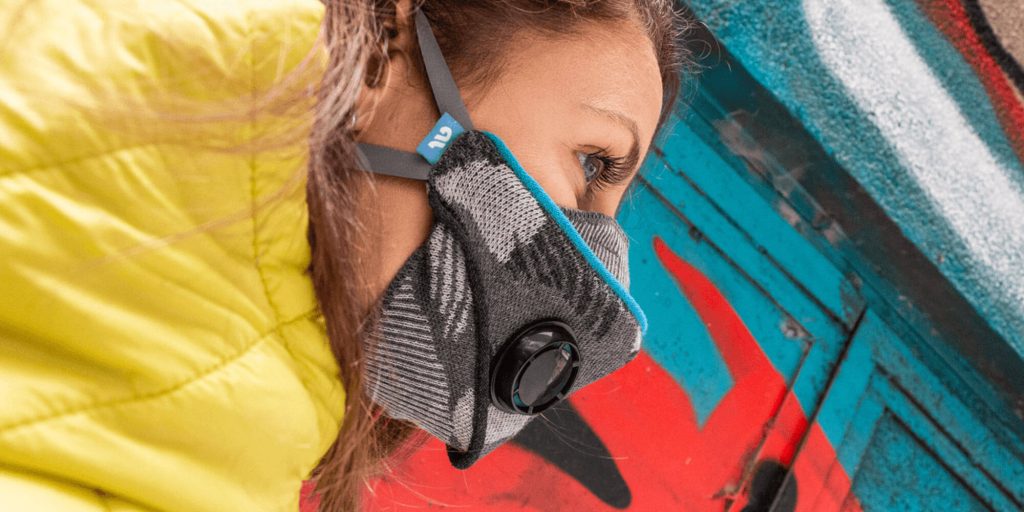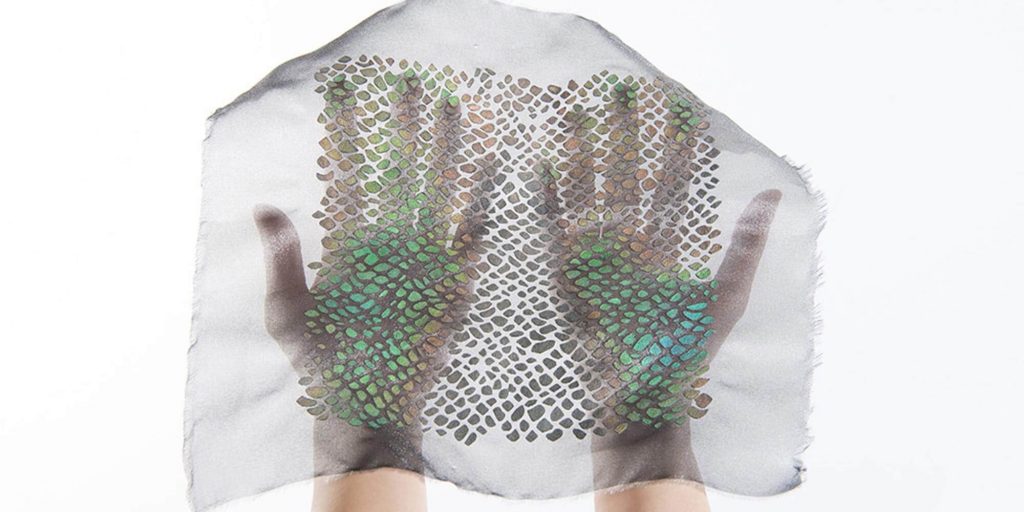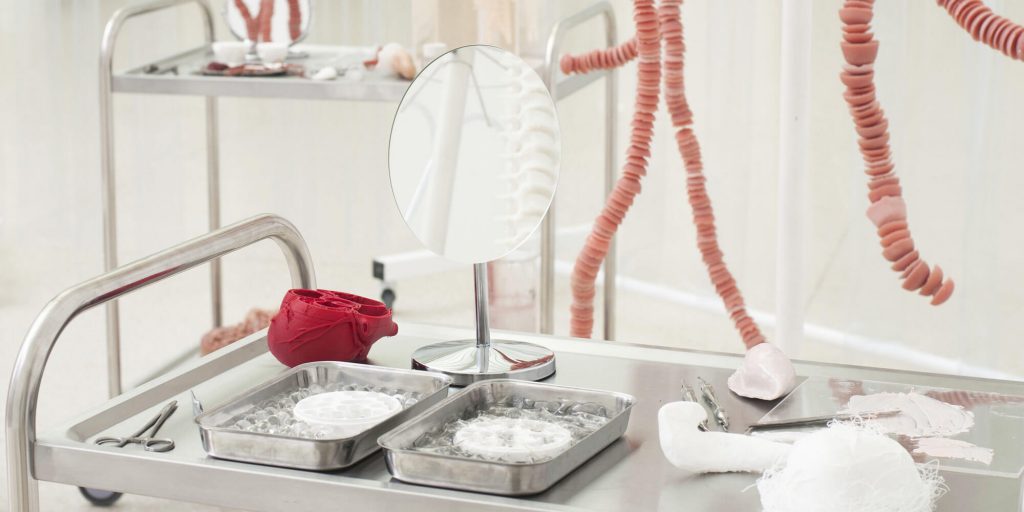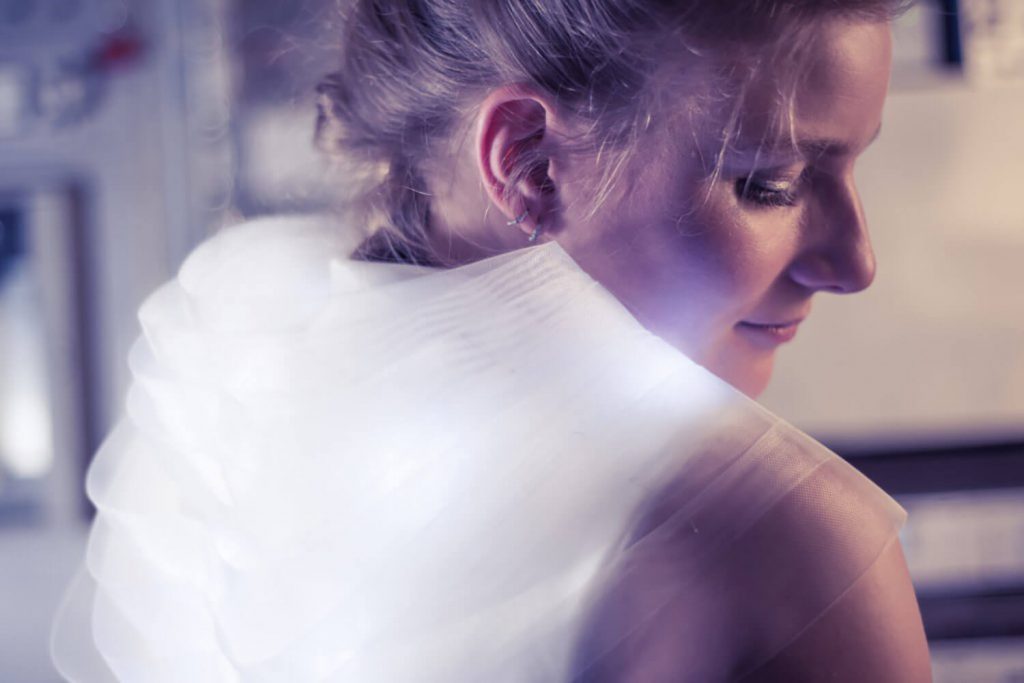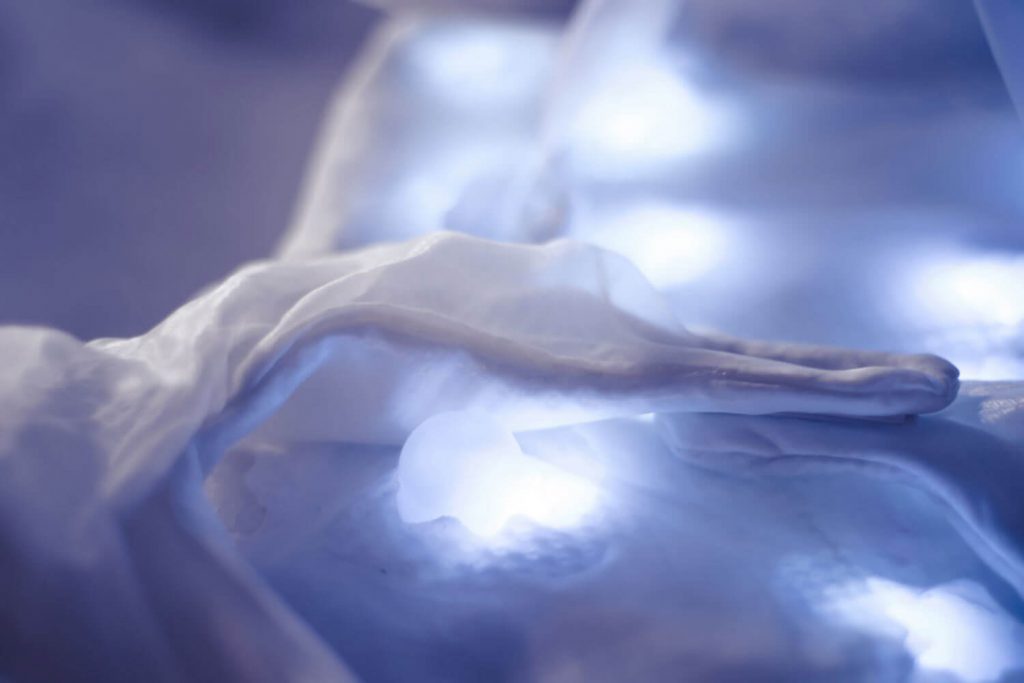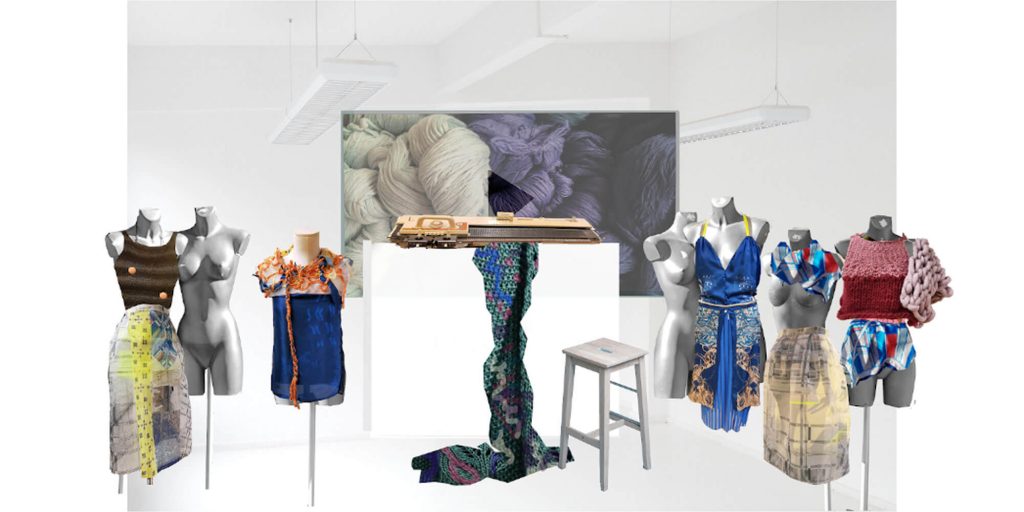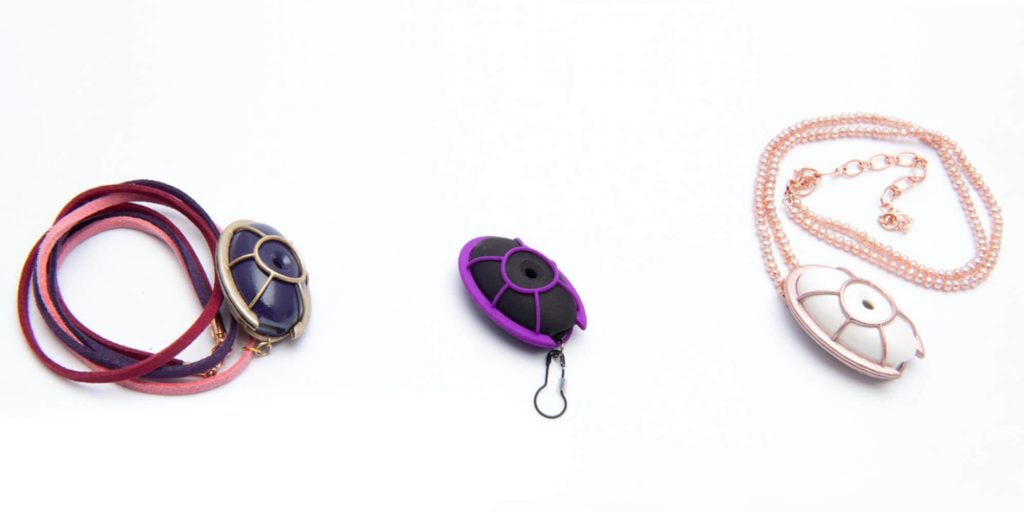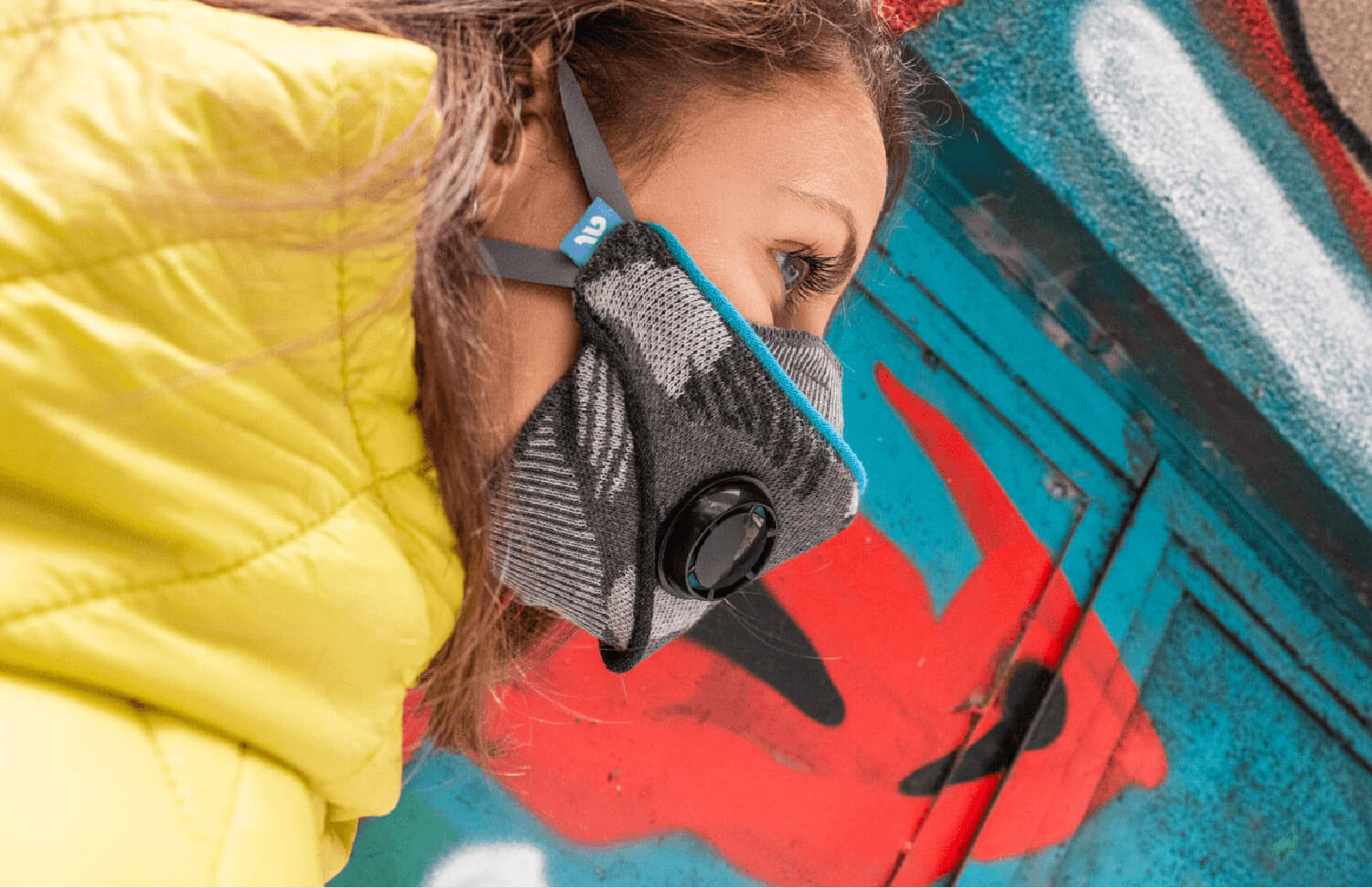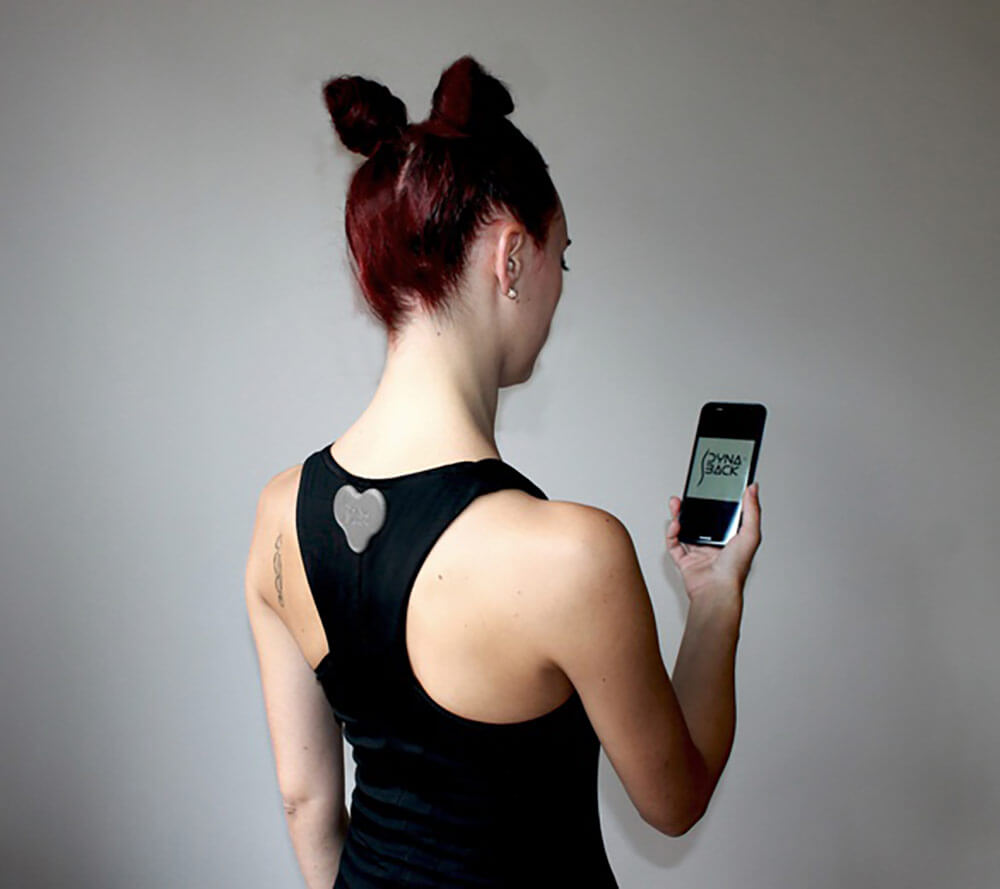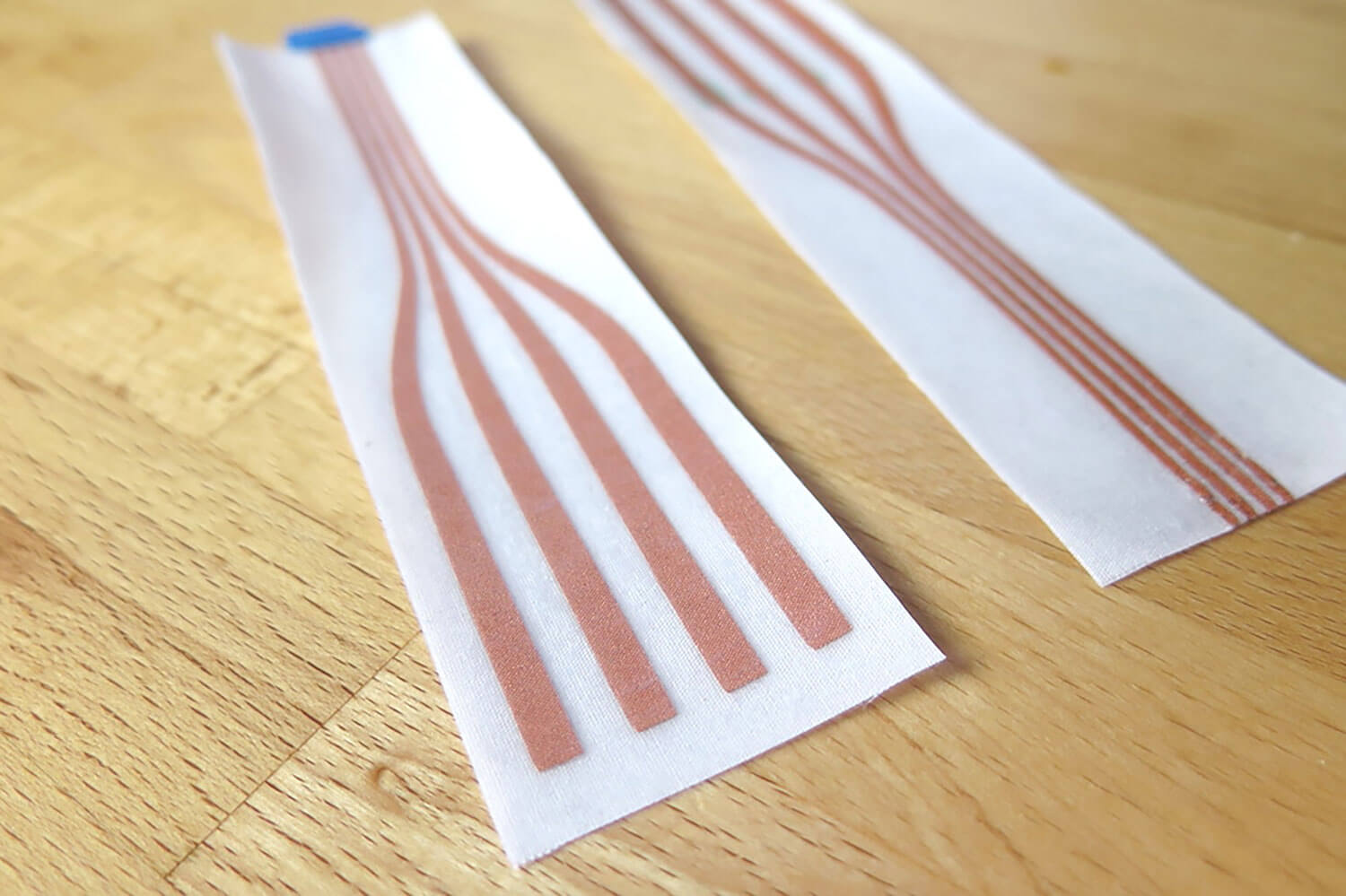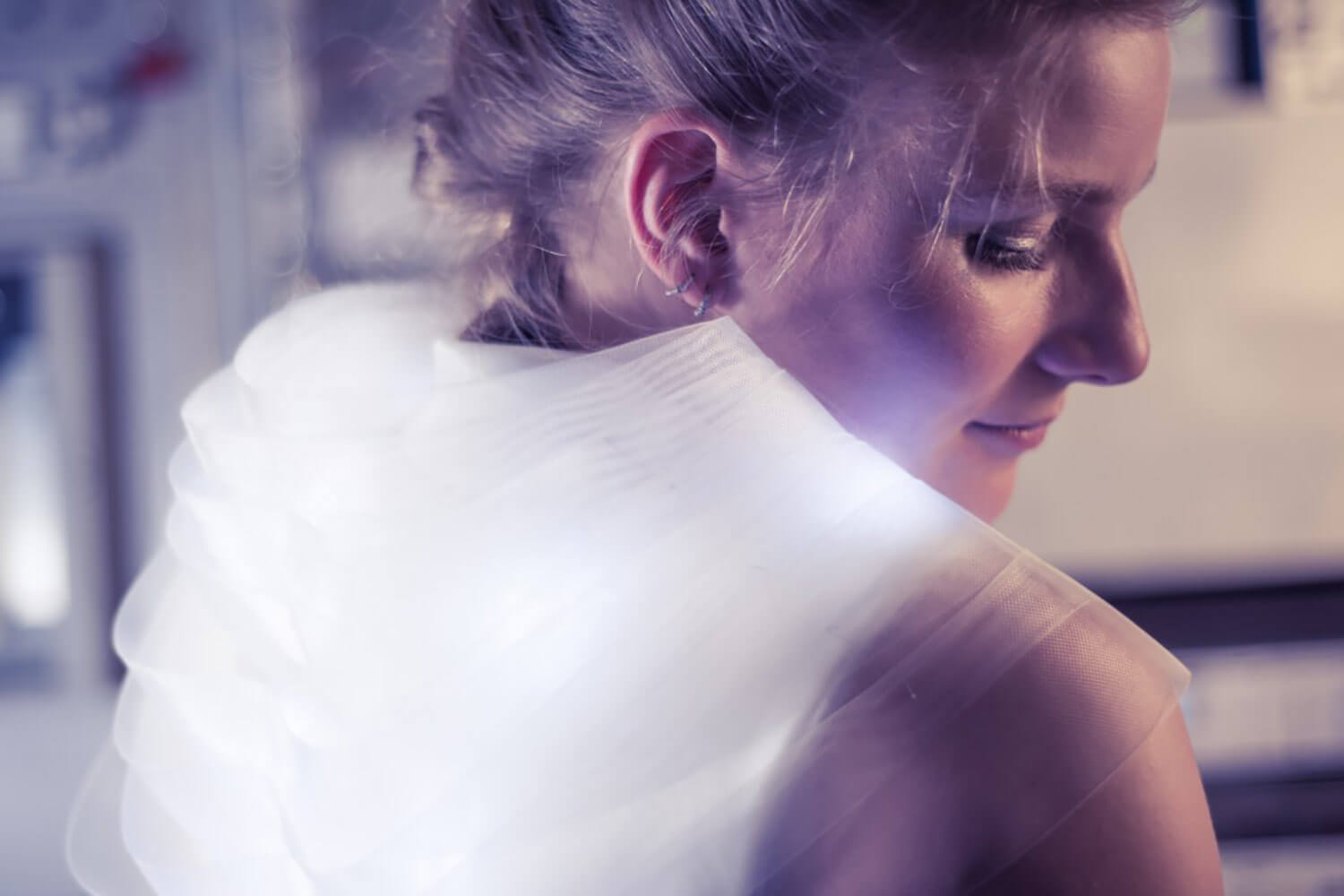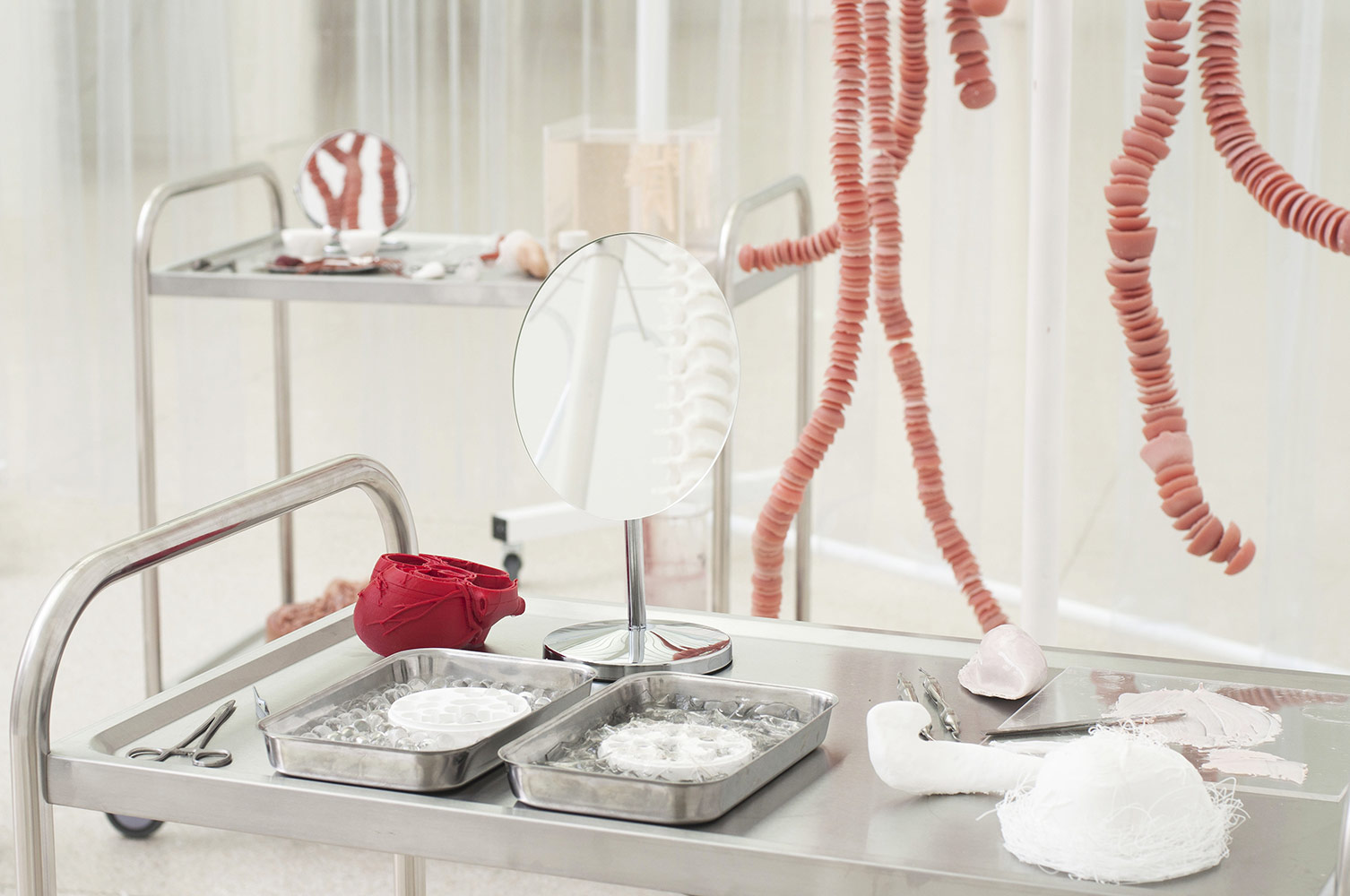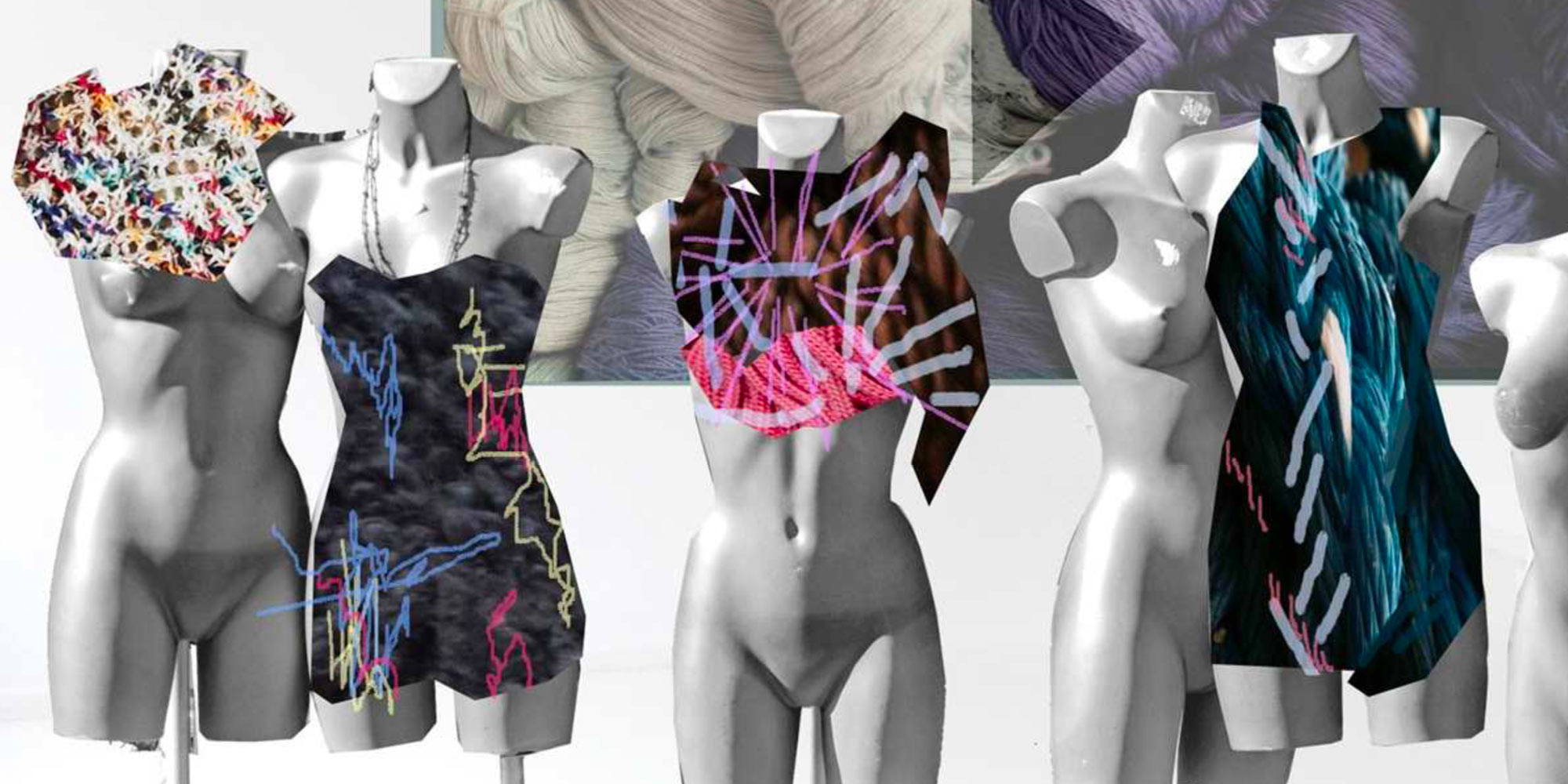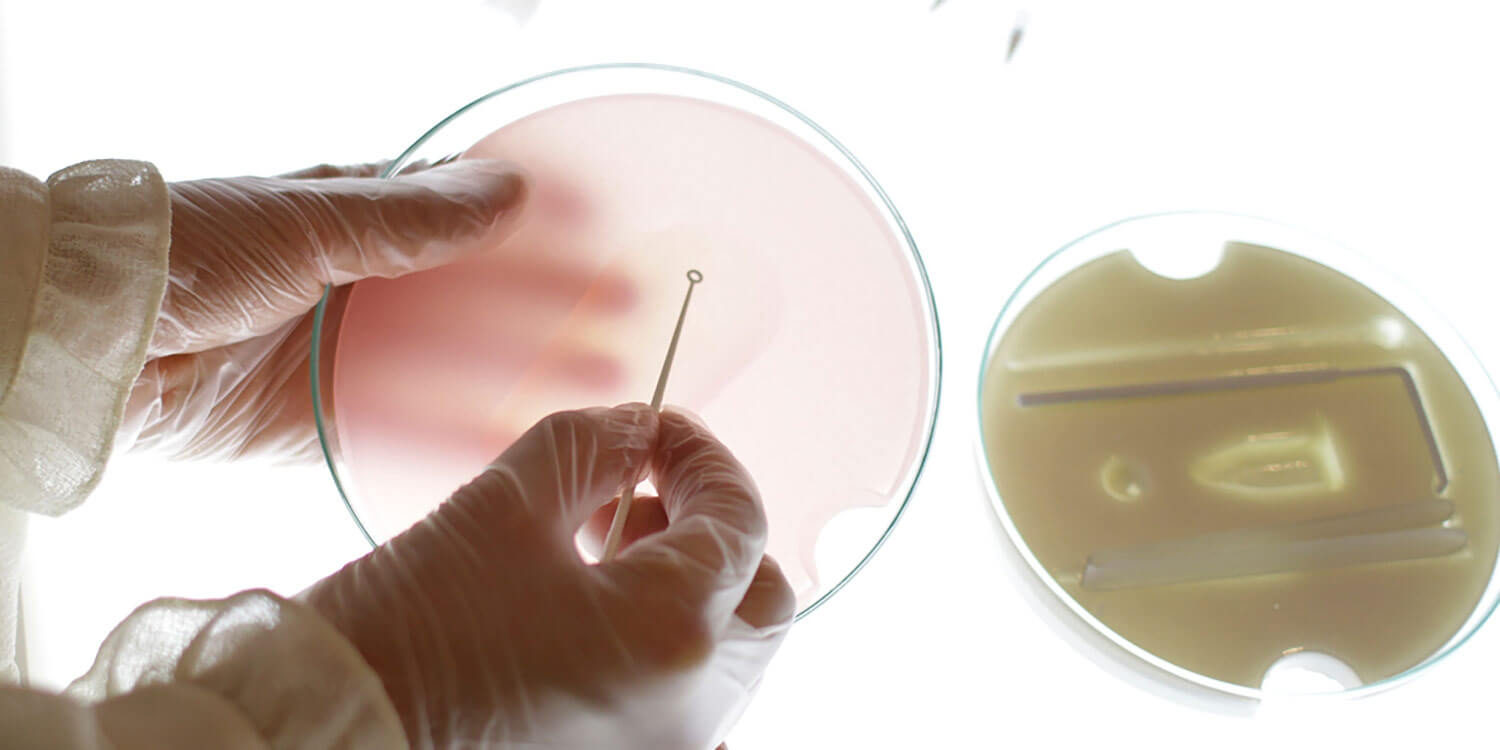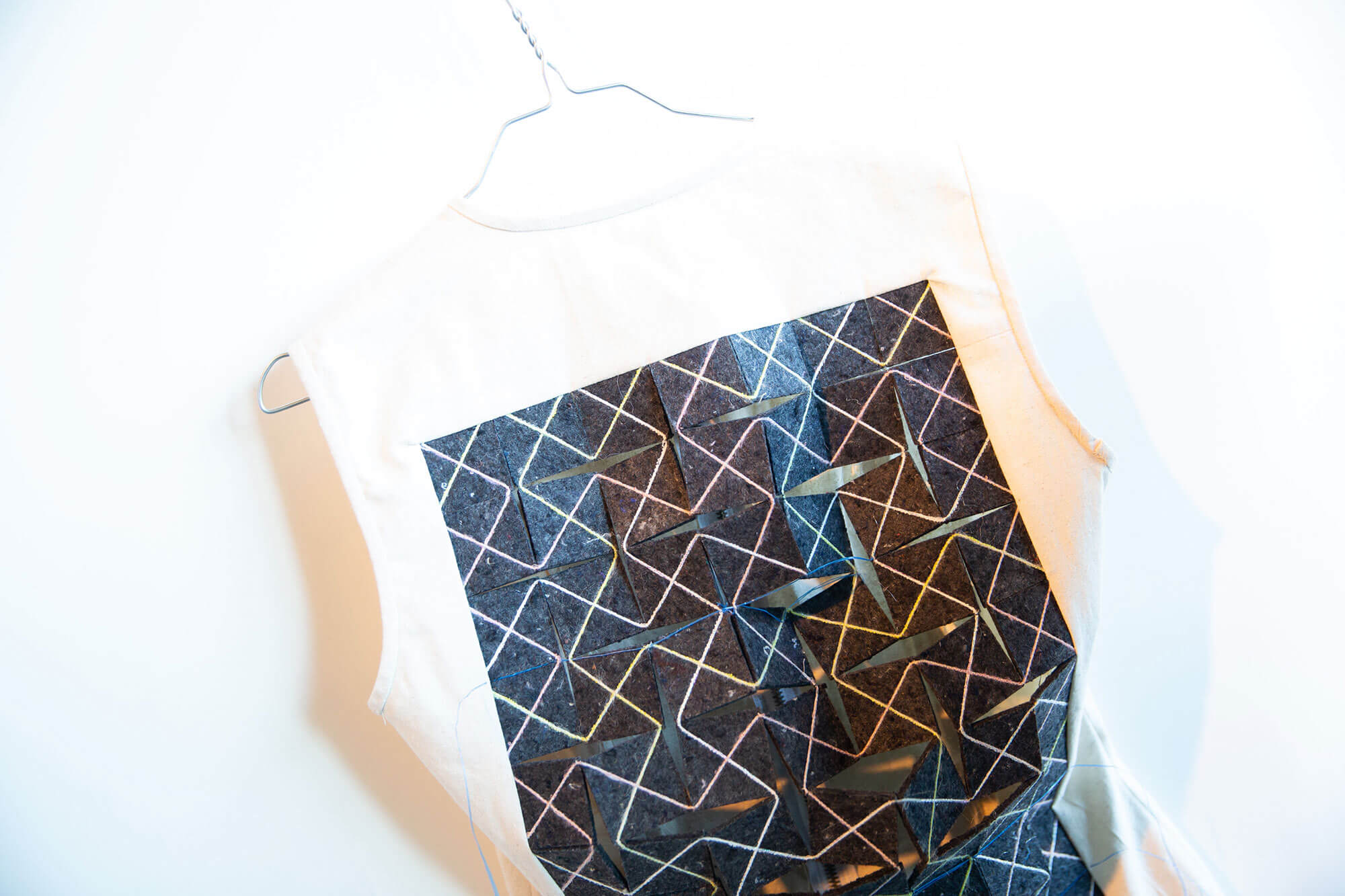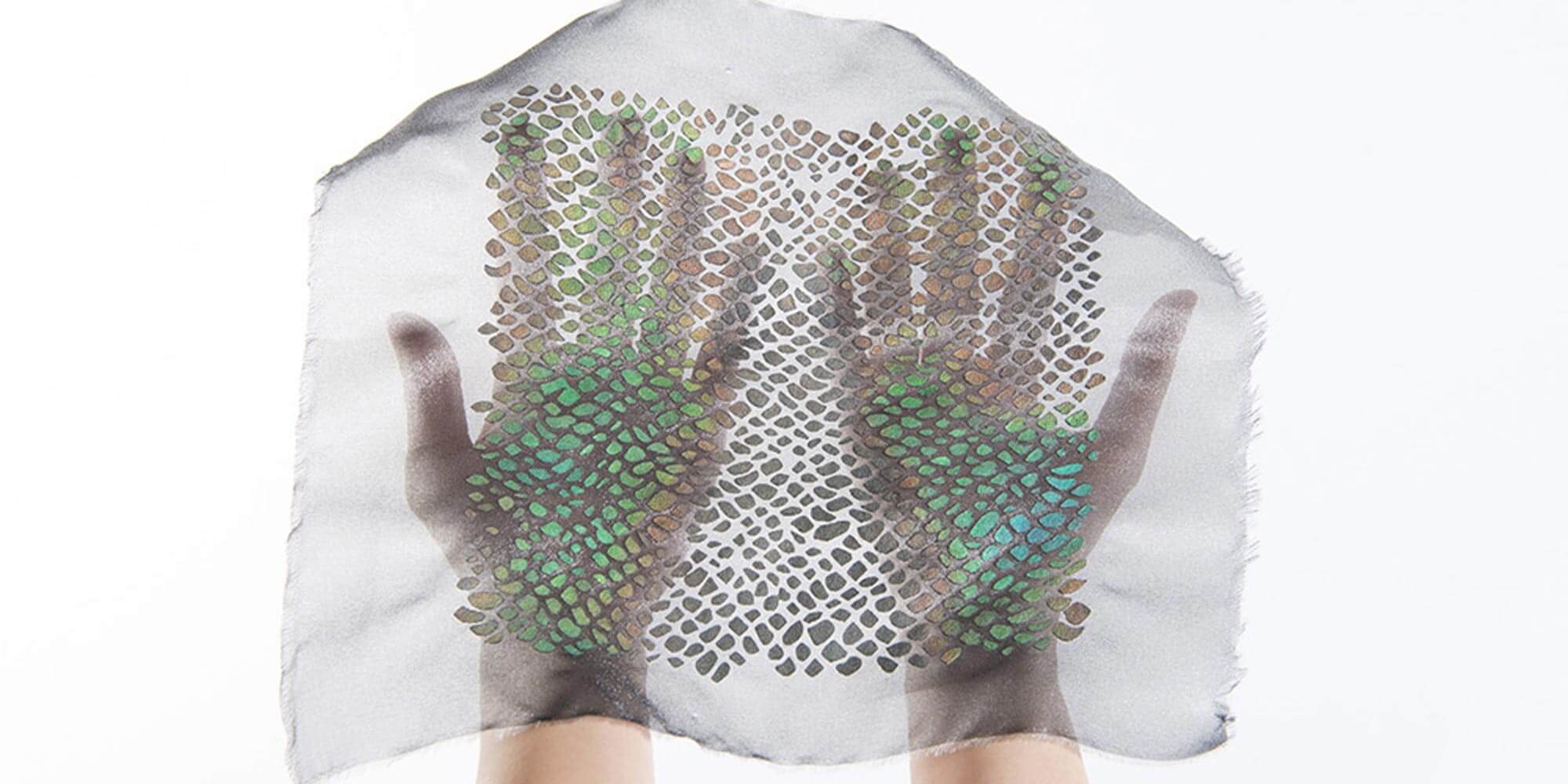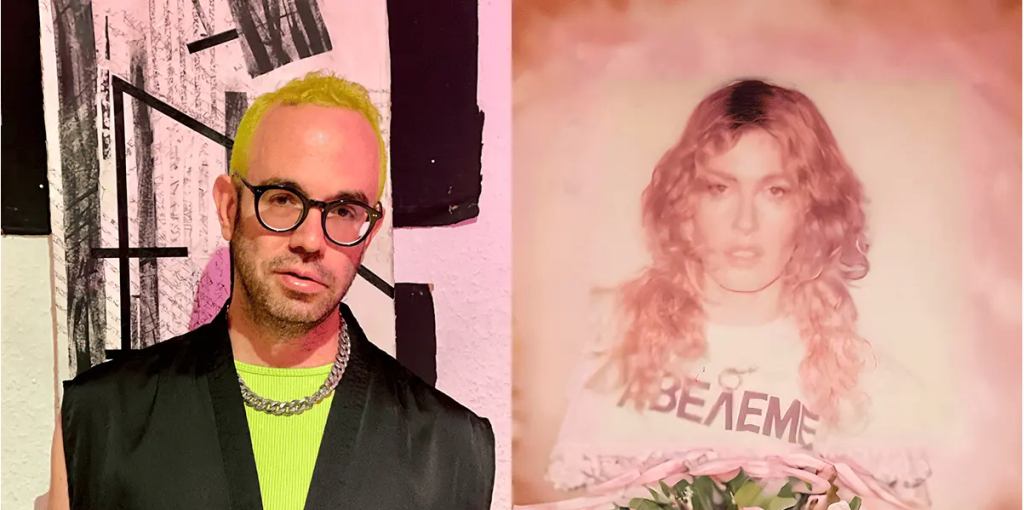The world is living an unprecedented situation due to COVID-19 outbreak. This crisis leads us, in the frame of the STARTS initiative, to reflect on the multiple ways that the arts can contribute to open new perspectives in the health sector.
There are many examples of such connexions within the projects implemented under STARTS:
- Through the STARTS RESIDENCIES project, artists have been working with scientific and tech projects that approach questions related to the Human in multiple ways such as 3D printing, DNA, sleep.
- Through the STARTS LIGHTHOUSE – WEAR SUSTAIN, designers and artists have been challenged to think of fashion in terms of ethics and sustainability, which are tightly linked to health.
- Many STARTS PRIZES have awarded projects that relate with this field and arise new questions amid the artistic component of tech and research on health.
Find below some of the projects developed within these three STARTS Pillars.
“AIRLIEF”
BY AIRLIEF
Airlief was developed within the STARTS Lighthouse – WearSustain. It is an innovative air pollution mask that aims to be more comfortable and perceived as a fashion accessory. In parallel, Airlief is developing a smart device and a mobile app to track when the user wears the mask and how much the air is polluted, what will allow the user to know when the filter has to be changed and when the outdoor air is very polluted. The mask has a smart ventilator that promises to improve the comfort of the mask, by dealing with the major problems of masks – the harder breathing, higher humidity, and fogginess.
“ARTIFICAL SKINS AND BONES”
BY ARTIFICIAL SKINS AND BONES GROUP
“Artificial Skins and Bones” won the STARTS Grand Prize for Innovative Collaboration, in 2016. It brought innovative elements to the design process of artificial bodies, by addressing topics such as the language of sensation, interaction with artificial body parts, and the aesthetics of artificial bodies and their relationship to the aesthetics of natural bodies. It comprises several artificial bodies. For instance, “Visible Strength” by Lisa Stohn and Jhu-Ting Yang proposes a flexible, creature-like textile surface that, like an octopus, changes its colour and pattern in various ways through muscle stimuli. “Active”, by Hans Illiger, looks into the rehabilitation process of lower limb amputees and proposes a service design concept as well as a hardware solution for gathering movement data.
“BENEFICIALWORKS”
BY BENEFICIAL DESIGN INSTITUTE & WEARWORKS
BeneficialWorks is a joint project between Berlin-based Beneficial Design Institute and New York-based WearWorks. In this partnership, they found the opportunity to further develop the WearWorks’ first product – the Wayband, a wearable device with haptic navigation feedback technology that aims to support blind and visually impaired. In BeneficialWorks, they re-thought the Wayband in a holistic approach aiming to increase its social impact and improve its sustainability and ethical aspects. The result was the creation of a sustainable strategy for circular material and product flows supported by circular business models and services.
“BEYOND ABSOLUTE”
BY REIKO YAMADA & LUCA PROJECT
In Beyond Absolute, the artist Reiko Yamada, in collaboration with the Laser and Ultrasound Co-analyzer for Thyroid Nodules team, from LUCA Project, is exploring new ways of communication, by developing a tool that translates psychological and medical data into music. Using the LUCA device, an innovative technology designed to diagnose thyroid cancer, Reiko Yamada transforms each consultation into a unique soundscape that combines physiological data gathered by the physician and impressions drawn from the patient’s subjective experience.
“DYNABACK”
BY DYNABACK
DYNABACK delivers wearable technology supporting a healthy lifestyle in everyday life. At the core, a functional base layer with an array of sensors that connects to our Smartphone. In our modern society, we sometimes sacrifice movement for a sedentary lifestyle. DYNABACK measures and analyses our trunk movement continuously throughout the day and connects with a regular Smartphone. DYNABACK alerts the wearer of incorrect movement, sends a discrete alert when sitting or standing still for a longer duration and provides long term insights and exercises educating the wearer about the need to move more and better.
“EMBRYONIC”
BY VALERIA ABENDROTH & 3D PRIME PROJECT
The STARTS Residency of Valeria Abendorth tried to figure out how art can help us reflect on the evolution of the human body through technology. To do so, she has collaborated with 3D Prime to bring up to life realistic 3D printings of human organs designed for medical training. She invites the public to discover a fake laboratory combining these organs with art objects created by herself. This collaboration offers to the public the ability to manipulate these physical objects, bringing a new dimension of awareness of their bodies and anatomic characteristics: size, shape and texture.
“FLEXABILITY”
BY LARA GRANT, ADRIAN FREED & ANNA BLUMENKRANZ
FlexAbility is an ongoing project targeting people whose abilities are not currently represented in the available assistive devices on the market. In this project, Lara Grant (US), Adrian Freed (US), and Anna Blumenkranz (DE) aim to provide these people with creative solutions using the advantages of e-textiles and wearable technology. FlexAbility is a kit prototype created from ethically and sustainability vetted components and parts facilitating the creation of made-to-measure e-textile and wearable interfaces. It is open-source and includes its users as consultants for suggestions, feedback, and tests during the iterative design process.
“FLEXO”
BY KRISTIN NEIDLINGER & EDWIN DERTIEN
When introducing robot or automated interactions in healthcare, the missing component is the human touch. FleXo is a wearable soft exoskeleton that facilitates healing therapeutic touch between a caregiver and patient. As a wearable system, FleXo offers self-management and communication of mediated touch for wellbeing. To do so, FleXo combined three research areas: autism spectrum disorder (ASD) produced self-mediation; the remote personalized touch was a result of physical therapy client caregiver scenarios; and the study of Eastern energy and self-massage techniques (Chi) gave feedback on the quality of pressure and the ability to convey energy.
“FUTURE FLORA”
BY GIULIA TOMASELLO
This STARTS Prize winner aims to encourage the symbiotic relationship that raises from the beneficial presence of microbes and bacteria in the human body, suggesting an alternative: to wear probiotics and keep our body healthy. By celebrating a Female Biophilia, the artist Giulia Tomasello opens the possibility of wearing microorganisms in the future and embracing them as part of our natural well-being. Future Flora is a harvesting kit designed for women to treat and prevent vaginal infections.
“FUTURE JEWELS”
BY KATHARINA VONES
The jewellery artist Katharina Vones, in the project FutureJewels, explores how playful, open-ended interactions can benefit specific user-groups, such as those with sensory impairments, autism spectrum disorders and anxiety conditions. In this project, the artist focused on the creation of responsive, wearable objects – jewellery objects – that create playful interactions by sensing bodily and environmental stimuli, and expressing these through activating elements that contain lights or consist of colour changing, chromic smart materials.
“IBREVE”
BY IBREVE
Founded by two former Google employees, iBreve aims to create a world free of stress-related diseases. iBreve’s digital health solution empowers self-care by providing its users with a better understanding of their bodies’ signals and more control over their emotional well-being. iBreve focuses initially on women’s health & wellbeing and designed a discreet wearable which can easily be attached to any bra. When fully developed iBreve’s unique technology will be able to help patients with burnout, anxiety and chronic respiratory diseases.
“INSIDE-OUT”
BY CAROLIN VOGLER & THE CHROMDESIGN PROJECT
The happy meeting between textile technology and scientific research on chromatin organisation might turn into a fashion design hit! Well, this is the aim of the STARTS Residency “Inside-Out”. This collaboration with scientists has brought an artistic approach to DNA replication with a knitting machine to help people identify what chromatin looks like. The artist offers an engaging experience where the blueprint of life is visible to the human eye, and visitors are invited to actively participate in the installation and finger feel it.
“RANDOM BEAUTY”
BY ALI TOCHER + JOE ACHESON & SOUNDS FOR COMA PROJECT
Random Beauty is a collaboration between Joe Acheson (composer & sound artist), and Ali Tocher (sound designer and sound artist) in partnership with audio engineers and neuroscientists from IRCAM, and doctors from the Intensive Care Unit of Hospital St-Anne, both from Sounds For Coma Project. They are creating a programme to use sound to assist in the recovery of coma patients by reducing their anxiety. This unique project is only at its beginning since they will all continue exploring how to use sound in collaboration with medicine and science, to the benefit of patients.
“SLEEP IN THE CITY”
BY WALID BREIDI + VIRGILE NOVARINA & AARHUS CITY LAB
This residency handles with a 21st-century problem: the lack of sleep. In collaboration with Aarhus City Lab, the artists Walid Breidi and Virgile Novarina invite us to reflect on the profound importance of sleep through performance, interactive art and network. In the Sleep in the City project, video streams are generated from the combination of data from multiple sources, including brainwaves of people sleeping in several places, as well as pollution and sound data. They are continuously changing in form and colour, creating a contemplative experience about the richness of sleep involving citizens from all walks of life.
“SENSEWEAR”
BY ALESSIA MOLTANI, EMANUELA CORTI & IVAN PARATI
Sensewear is an inclusive collection of smart garments inspired by therapies applied to Sensory Processing Disorders within the autistic spectrum. It is not, however, addressed only to people with disabilities. Since some of the autism symptoms – anxiety, stress, panic attack – are becoming frequent among the general citizens, Sensewear aims at enhancing everyone busy urban life. The collection includes biteable necklace, an aromatic scarf, an inflatable jacket, a stretchable scarf, a musical poncho, as well as a smart t-shirt, an inflatable jumper delivering Deep Pressure therapy and a stress release tactile charm that monitors wearer use and facilitates communication between therapist and patient.
“STEALTHY”
BY NADIYA SIDDIQUE
In 2015, Nadiya lost her academic scholarship and place to study a Masters in Fashion having sustained two broken ankles during a hiking accident later discovering she was critically Vitamin D deficient. Nadiya perceived that Vitamin D deficiency is a global silent epidemic. In 2017, Stealthy was born after months of research and Nadiya’s passion to create an innovative product to bring Vitamin D deficiency awareness to women globally. “Una by Stealthy” is the first modular UV sensor-enabled jewellery collection designed to tackle Vitamin D deficiency in women.
“TEXTILE REFLEXES”
BY HELLEN VAN REES, ANGELIKA MADER & GEKE LUDDEN
Textile Reflexes is a multidisciplinary collaboration between Hellen van Rees (Textile & fashion designer), Angelika Mader (Creative technologist) and Geke Ludden (Interaction designer) that aims to answer to growing demand in the healthcare sector: the need of more coaching products, products that can be applied in a home environment and that have a more suitable design for that environment. The first working prototype of this project is a posture correction coach that measures when the user has an incorrect posture.
“ZISHI, SMART GARMENT FOR REHABILITATION”
BY QI WANG
Zishi is a garment designed to support posture monitoring for the purposes of rehabilitation training. It has been designed with attention to presenting accurate and informative feedback to patients regarding their thoracic and shoulder posture as well as comfort, ease of use, wearability and aesthetics. It consists of a garment integrated with smart textiles and wearable electronics, presenting real-time feedback as a vibration delivered through the garment, visual and audio instructions through android-hand held device (smartphone or tablet).
